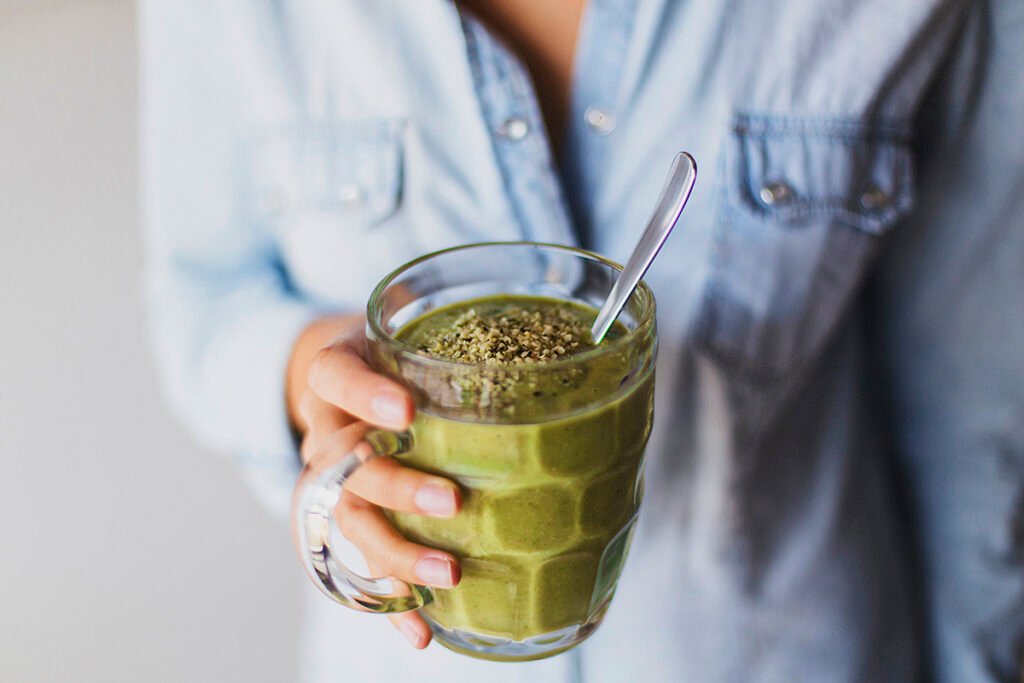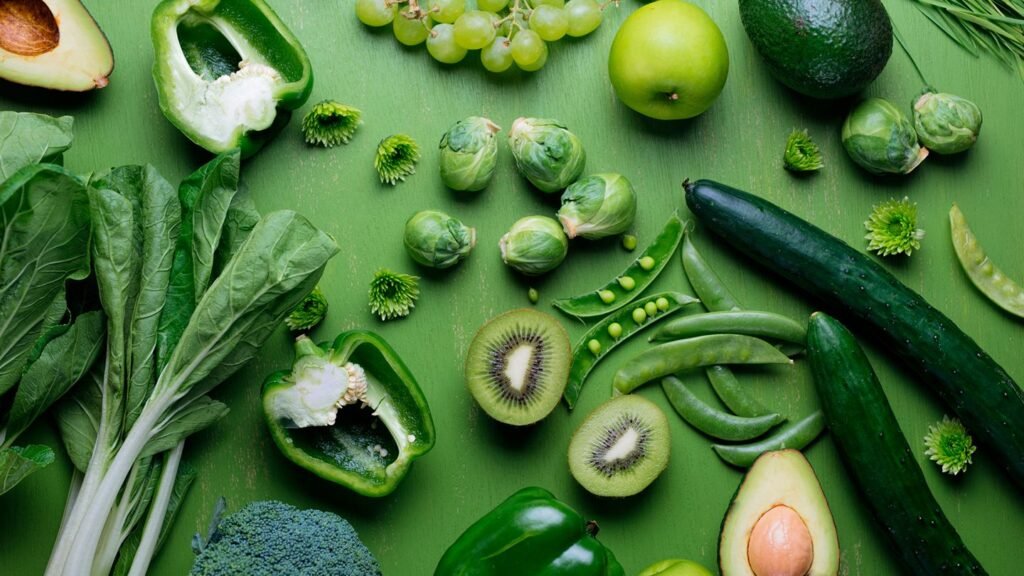The Green Revolution: Unlocking the Power of Green Fruits and Vegetables for Optimal Health
In the vibrant world of nutrition, green fruits and vegetables stand out as true wellness warriors, offering a plethora of health benefits that can transform your well-being. From the crisp crunch of a green apple to the earthy richness of kale, these verdant foods are not just visually appealing but also nutritional powerhouses. Let’s dive into the lush landscape of green produce and discover how incorporating these foods into your daily diet can lead to a healthier, more vibrant you.
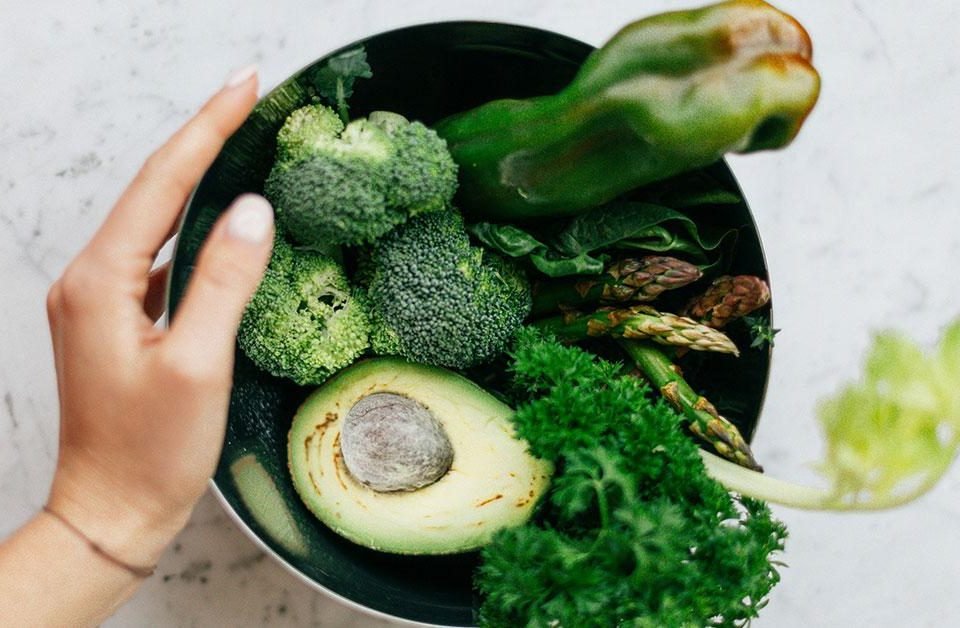
The Nutritional Bounty of Green
Green fruits and vegetables are renowned for their rich nutrient profiles, packing a powerful punch of vitamins, minerals, and bioactive compounds. These foods are particularly high in essential nutrients such as vitamins A, C, E, and K, as well as various B vitamins, each playing a crucial role in maintaining optimal health.
Key Nutrients and Their Roles
1. Vitamin C: A potent antioxidant found abundantly in green vegetables like broccoli and Brussels sprouts. It plays a vital role in protecting cells from damage by free radicals, enhancing the immune system, and improving the absorption of iron from plant-based foods. Vitamin C is also essential for the synthesis of collagen, necessary for maintaining healthy skin, blood vessels, bones, and cartilage.
2. Vitamin K: Crucial for blood clotting and bone health, vitamin K is predominantly found in dark green leafy vegetables such as spinach, kale, and Swiss chard. It helps in the synthesis of proteins required for blood coagulation and is involved in bone metabolism, reducing the risk of fractures.
3. B Vitamins: Essential for energy production, DNA synthesis, and the formation of red blood cells. Green leafy vegetables are rich in folate (B9), which is crucial for cell division and especially important during periods of rapid growth such as pregnancy and infancy.
4. Fiber: Green vegetables are excellent sources of dietary fiber, which aids in digestive health, helps maintain stable blood glucose levels, and contributes to a feeling of fullness, supporting weight management efforts.
5. Antioxidants: Many green fruits and vegetables contain powerful antioxidants like lutein and zeaxanthin, which are particularly beneficial for eye health, protecting against age-related eye diseases.

Health Benefits: A Green Light for Wellness
The consumption of green fruits and vegetables is associated with a wide array of health benefits, supported by numerous scientific studies and recommendations from reputable health organizations.
Cardiovascular Health
Green leafy vegetables have been shown to have a significant positive impact on heart health. They are rich in nitrates, which have been demonstrated to lower blood pressure and improve endothelial function, thereby reducing the risk of heart disease and stroke. A diet high in fruits and vegetables, particularly green varieties, is associated with a reduced risk of cardiovascular diseases.
Cancer Prevention
The potential of green vegetables in cancer prevention is a topic of extensive research. Cruciferous vegetables like broccoli and Brussels sprouts contain glucosinolates, compounds that have been studied for their ability to inhibit the growth of cancer cells and promote their elimination. The high antioxidant content in green fruits and vegetables also helps protect cells from oxidative damage, which is a factor in cancer development.

Diabetes Management
For those managing or at risk of diabetes, green fruits and vegetables offer valuable benefits. Their low glycemic index and high fiber content help regulate blood sugar levels, preventing spikes and contributing to better overall glucose control. Studies have shown that a diet rich in fruits and vegetables, including green varieties, is associated with a lower risk of developing type 2 diabetes.
Bone Health
The vitamin K abundant in green leafy vegetables plays a crucial role in bone health by regulating calcium metabolism. Adequate intake of vitamin K has been associated with a lower risk of fractures and improved bone density, making green vegetables an important component of a bone-healthy diet.

Eye Health
Green vegetables like spinach and kale are rich in lutein and zeaxanthin, carotenoids that are particularly beneficial for eye health. These compounds help protect the eyes from damage caused by blue light and reduce the risk of age-related macular degeneration and cataracts.
Weight Management
For those looking to maintain a healthy weight, green fruits and vegetables are invaluable allies. Their low calorie and high fiber content make them excellent choices for weight management. The fiber helps increase satiety, reducing overall calorie intake and aiding in weight loss or maintenance.

Recommended Intake: How Much Green Do You Need?
Health organizations worldwide emphasize the importance of incorporating fruits and vegetables, including green varieties, into daily diets. The World Health Organization (WHO) recommends consuming at least 400 grams of fruits and vegetables per day to improve overall health and reduce the risk of noncommunicable diseases. This aligns with the general guideline of aiming for at least five servings of fruits and vegetables daily.
Harvard Health suggests that five servings per day offer the strongest health benefits, with an optimal combination being two servings of fruits and three servings of vegetables. The Dietary Guidelines for Americans recommend filling half your plate with fruits and vegetables, which aligns with the MyPlate guidelines from the USDA.

Creative Ways to Go Green
Incorporating more green fruits and vegetables into your diet can be both simple and enjoyable.
Here are some practical and creative ideas to boost your intake:
1. Smoothie Boost: Add a handful of spinach or kale to your morning smoothie for a nutrient-packed start to your day.
2. Egg-cellent Greens: Incorporate green vegetables like bell peppers, spinach, or zucchini into omelets or scrambled eggs for a nutritious breakfast.
3. Wrap It Up: Use large leafy greens as wraps for sandwiches or tacos, adding both nutrition and a satisfying crunch.
4. Souper Greens: Enhance soups with greens like kale or collard greens for added texture and nutrition.
5. Stir-Fry Sensation: Create quick and healthy stir-fries with a variety of green vegetables like broccoli, snap peas, and bok choy.
6. Green Dips: Blend avocados into guacamole or use spinach in a creamy dip for a nutritious snack option.
7. Sneaky Greens: Incorporate zucchini into muffins or bread, or mix spinach into pasta sauces or casseroles for a hidden veggie boost.
8. Grilled Greens: Grill or roast green vegetables like asparagus, Brussels sprouts, or green beans to enhance their natural flavors.
9. Pizza Topper: Add green vegetables like spinach, green peppers, or artichokes as toppings on your pizza for a healthier twist on a favorite dish.
10. Salad Innovation: Create vibrant salads using a mix of greens like spinach, kale, and arugula, combined with other colorful vegetables for added nutrients and flavor.

A Closer Look at Green Superstars
Let’s explore some of the nutritional profiles of popular green fruits and vegetables:
1. Kale: A true superfood, kale contains 43 calories, 6.3g of carbohydrates, 3.5g of protein, and 4.7g of fiber per serving. It’s exceptionally rich in vitamins A, C, and K.
2. Spinach: Packed with iron, magnesium, and folic acid, spinach offers 7 calories, 0.9g of protein, and 0.7g of fiber per serving.
3. Avocado: High in healthy monounsaturated fats, avocados are also rich in vitamins E, K, and B6, as well as folate and potassium.
4. Broccoli: A cruciferous vegetable high in fiber and vitamin C, broccoli also contains compounds that may have cancer-preventive properties.
5. Green Apples: A good source of dietary fiber and vitamin C, green apples are low in calories and contain antioxidants that may help reduce the risk of chronic diseases.

Green Smoothies: A Comprehensive Guide to Nutritious Blends
Green smoothies have become increasingly popular as a convenient and delicious way to boost nutrient intake and support overall health. This comprehensive overview will explore various green smoothie examples, their ingredients, nutritional benefits, and preparation tips to help you incorporate these nutritious blends into your daily routine. A great way to mix your leafy green vegetables and to get a good source of vitamins for an healthy lifestyle!
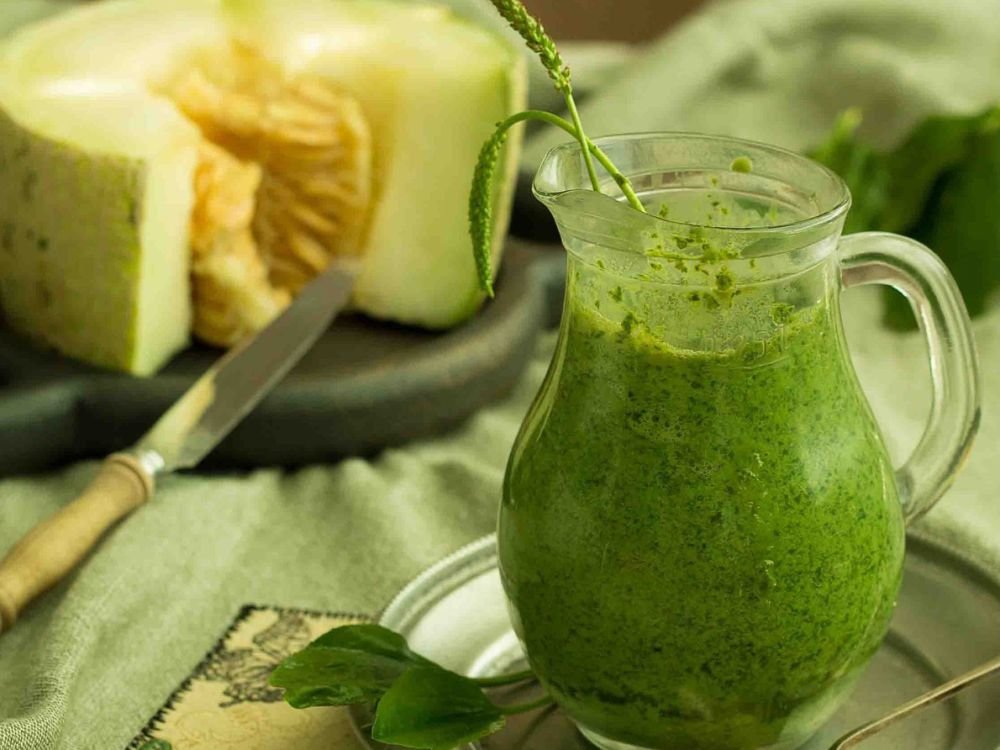
Popular Green Smoothie Recipes
Green smoothies offer endless possibilities for customization, allowing you to tailor your drink to your taste preferences and nutritional needs.
Here are some popular recipes to get you started:
1. Basic Green Smoothie
This simple recipe is perfect for beginners:
✔ 1 cup spinach or kale
✔ 1 frozen banana
✔ 1 orange, peeled and segmented
✔ 1 cup almond or coconut milk
✔ Ice (optional)
Spinach is an excellent choice for those new to green smoothies due to its mild flavor and high nutrient content. This combination provides a good balance of leafy greens and sweet fruits, making it palatable and nutritious.
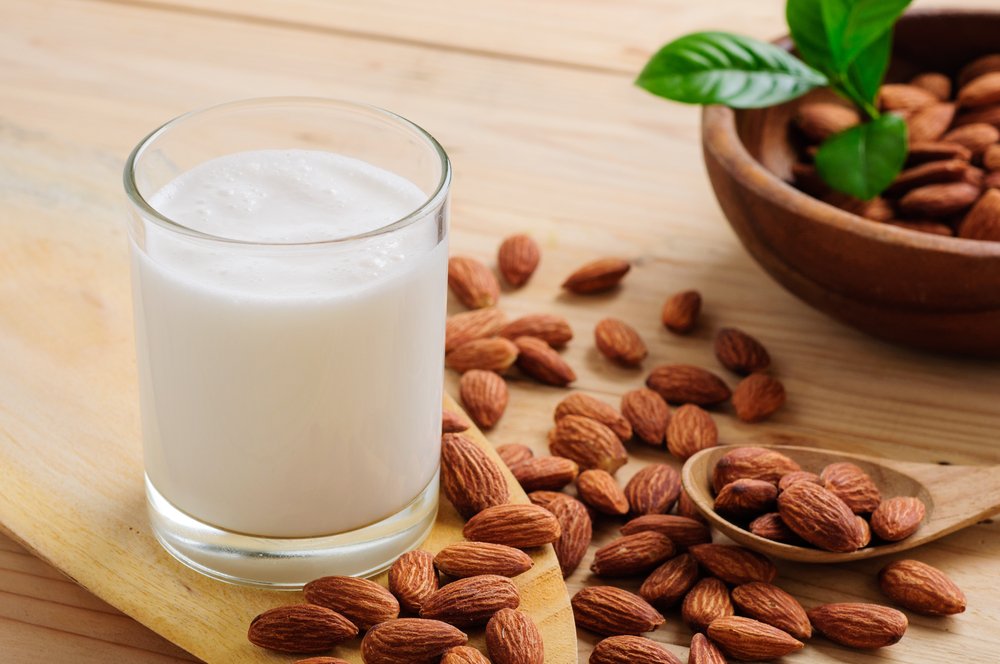
2. Spinach and Kale Power Blend
For a nutrient-dense option, try this combination of two superstar greens:
✔ 1 cup frozen spinach
✔ 1 cup kale
✔ 1/2 frozen banana
✔ 1 cup almond milk
✔ Handful of ice
Optional: 1 tablespoon chia seeds for added omega-3 fatty acids and fiber
This smoothie packs a powerful nutritional punch, combining the benefits of both spinach and kale, which are rich in vitamins A, C, and K, as well as antioxidants like lutein and zeaxanthin.

3. Beet Greens and Romaine Refresher
Utilize often-discarded beet greens in this refreshing blend:
✔ 1 cup beet greens
✔ 1 cup romaine lettuce
✔ 1/2 cup frozen pineapple
✔ 1/2 cup cucumber
✔ 1 cup coconut water
Optional: Small piece of ginger or fresh mint leaves.
This recipe incorporates beet greens, which are rich in vitamins A, C, and K, fiber, and antioxidants. The addition of romaine lettuce provides a mild flavor while contributing vitamins A and K.
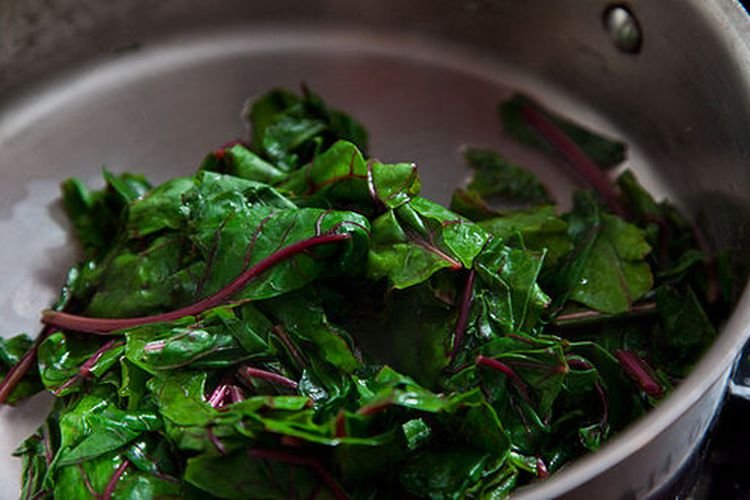
4. Mixed Greens Medley
Experiment with a variety of greens for a balanced nutritional profile:
✔ 1 cup spinach
✔ 1 cup Swiss chard
✔ 1/2 cup collard greens
✔ 1/2 cup frozen mango
✔ 1 cup water
Optional: 1 scoop protein powder or Greek yogurt for added protein.
This diverse blend of greens offers a wide range of nutrients and allows you to enjoy the benefits of multiple leafy vegetables in one drink.
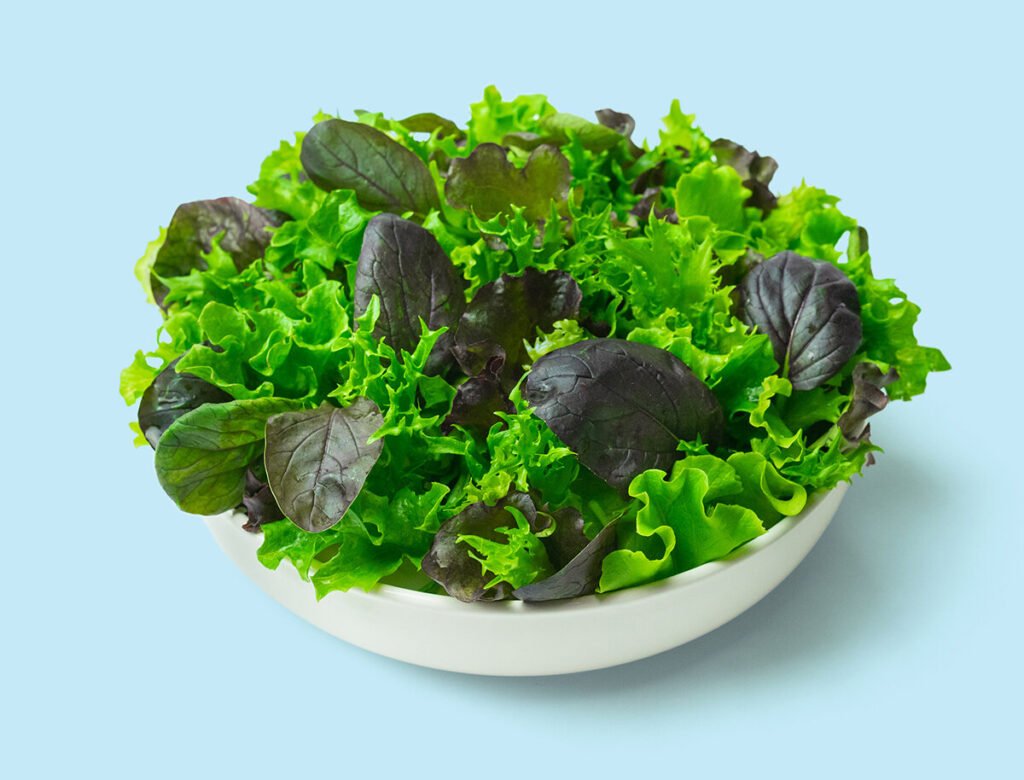
5. Creamy Avocado and Kale Smoothie
For a smoothie rich in healthy fats, try this creamy concoction:
✔ 1 cup kale
✔ 1/2 avocado
✔ 1/2 cup frozen mixed berries
✔ 1 cup almond milk
✔ 1 tablespoon flaxseed meal
Optional: 1 teaspoon honey or maple syrup for added sweetness.
The addition of avocado provides healthy monounsaturated fats and contributes to a creamy texture, while kale offers a wealth of nutrients and antioxidants.
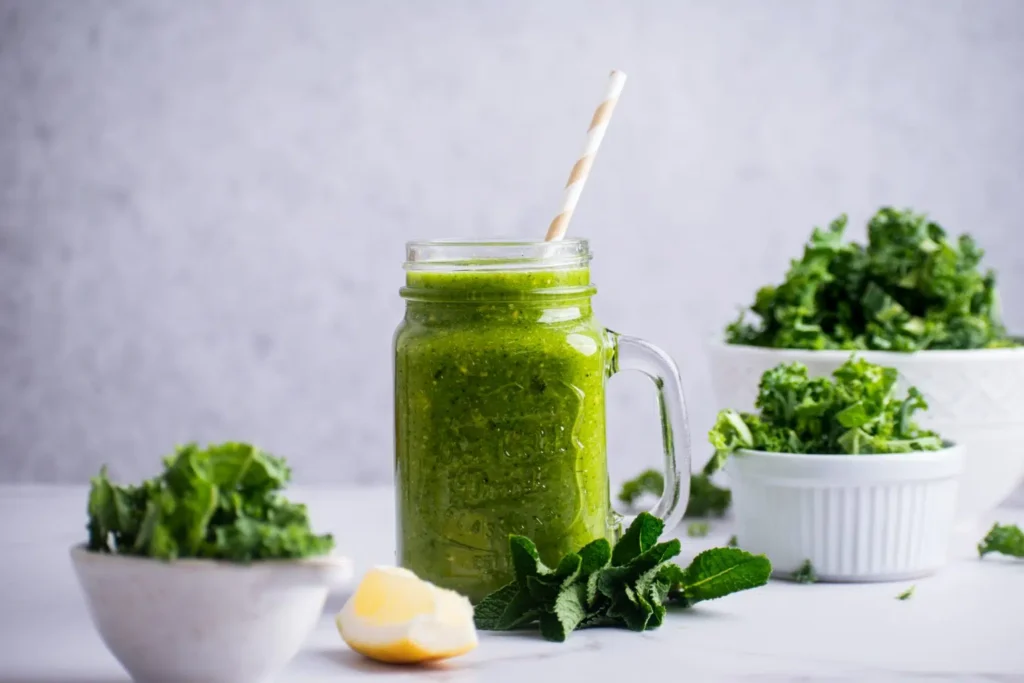
Conclusion: Embracing the Green Revolution
Incorporating a variety of green fruits and vegetables into your daily diet is a simple yet powerful way to boost your overall health and well-being. From supporting heart health and preventing cancer to managing diabetes and promoting eye health, the benefits of these green wonders are vast and well-documented. By aiming to include at least five servings of fruits and vegetables daily, with a focus on green varieties, you can significantly enhance your nutrient intake and reduce the risk of chronic diseases.
Whether you’re blending them into smoothies, adding them to salads, or sneaking them into your favorite recipes, there are countless creative ways to make green fruits and vegetables a delicious and integral part of your diet. Remember, the journey to better health doesn’t have to be daunting. Start small by incorporating one new green fruit or vegetable into your meals each week.
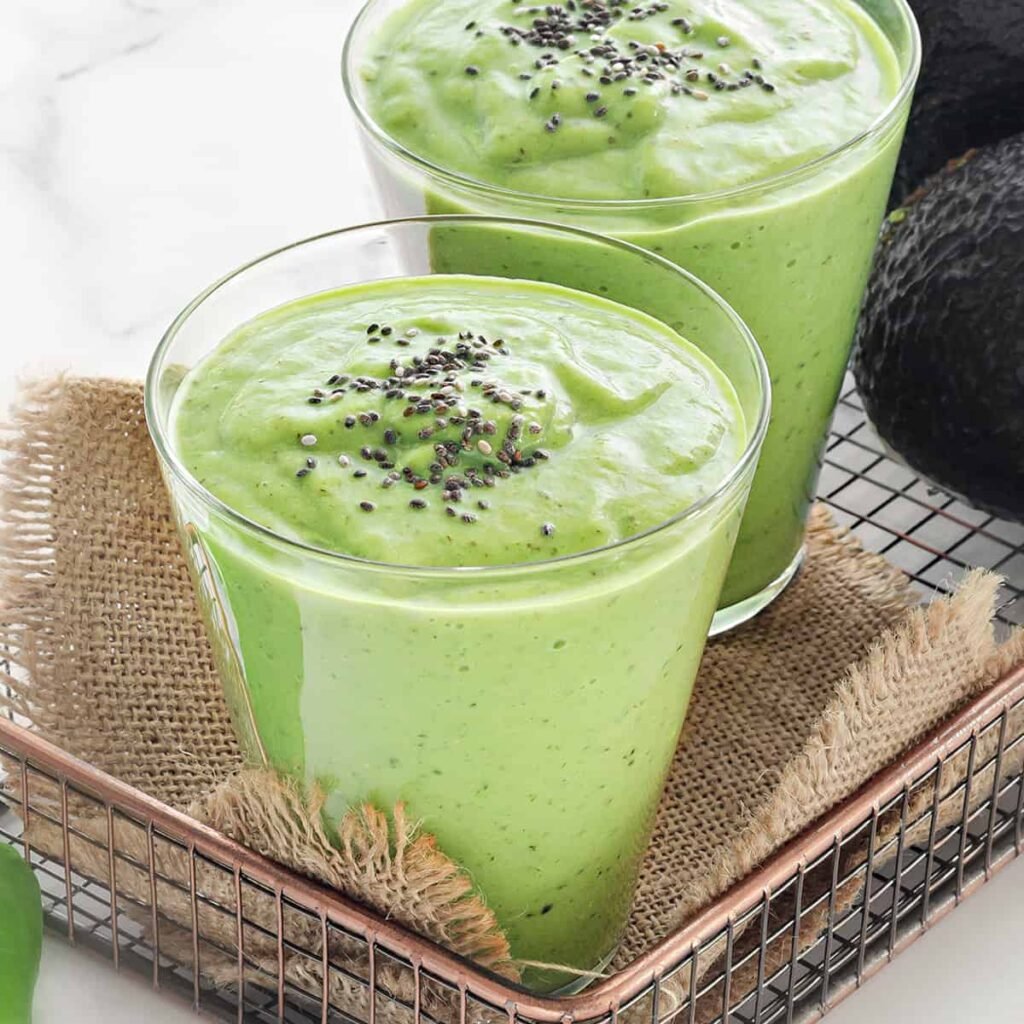
Over time, you’ll discover new favorites and creative ways to enjoy these nutritional powerhouses. Embrace the green revolution and let these vibrant foods be the cornerstone of your path to optimal health and wellness.As you embark on this green journey, keep in mind that variety is key. Experiment with different green fruits and vegetables to ensure you’re getting a wide range of nutrients. Your body—and taste buds—will thank you for it. Here’s to a greener, healthier you!
